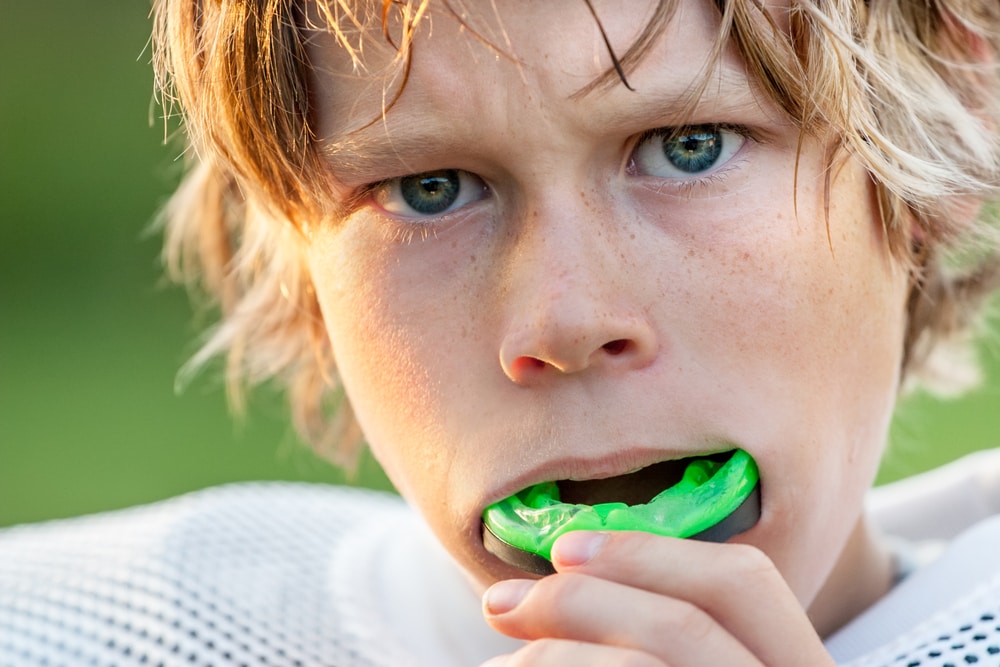
While underbites are far less common than overbites, they do effect around 1 in 10 Americans. Unfortunately, the majority of underbites are caused by genetics. This means that you are born with an underbite and inherit from your parents. However, overcrowding or malformed teeth can also cause an underbite.
Additionally, people from different ethnic groups are at a higher risk for developing an underbite. For example, individuals of Asian descent have a higher propensity for mandibular prognathism than people of other ethnicities. A prime example of how genetics can play a role in the development of an underbite.
There are several complications that may arise with having an underbite. Extreme cases can cause facial abnormalities such as an extended chin. Underbites can also cause difficulty chewing, swallowing and speaking. These bite problems can wear down the tooth’s enamel increasing a patient’s chances for developing tooth decay and other oral health issues.
The best way to treat an underbite is to catch it early. If your child is suffering from an underbite it is important to consult with an orthodontist to see if braces or Invisalign is the right choice for them.
There are two common treatments for underbite in young children.
- An upper jaw expander, which is a wire device fixed to the roof of the mouth. A key is used nightly to widen the expander until treatment is completed. This process typically takes about one year when the expander is replaced with a retainer.
- A reverse pull face mask, works by wrapping around the head and attaching to metal bands on the upper back teeth to pull the upper jaw into the correct position.
To find out if your child is suffering from an underbite visit our office today and we’ll recommend a qualified orthodontist.
